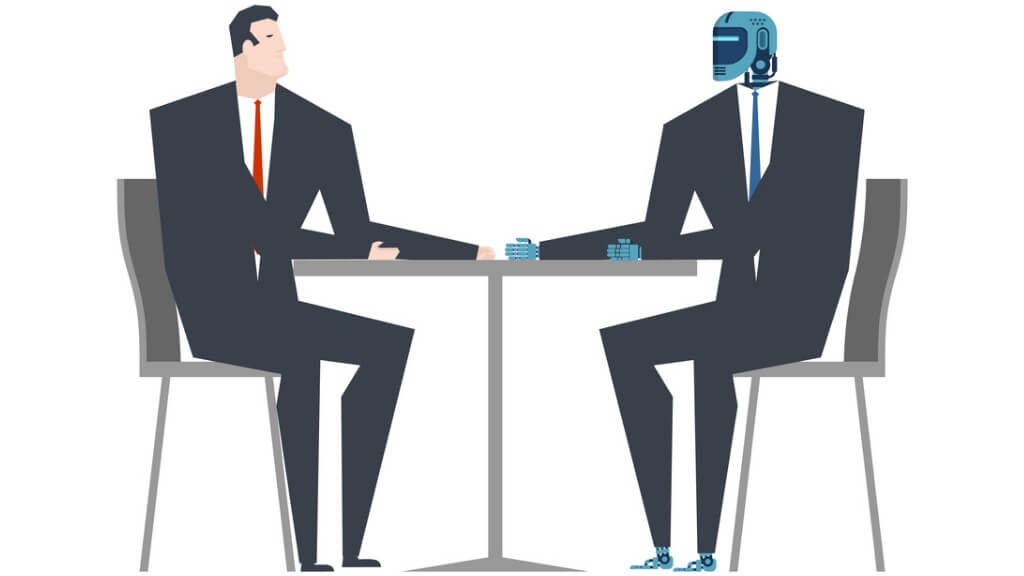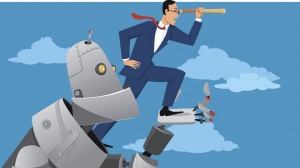Consumers are time-poor. They crave convenience and they want seamless on-demand customer experiences (CX).
How Machine Learning Can Deliver The Customer Experience Consumers Crave
Consumers are time-poor. They crave convenience and they want seamless on-demand customer experiences (CX).

Recently, Salesforce reiterated the importance of ‘the experience’ in growing customer engagement. Findings revealed that experiences not only need to be seamless but extraordinary to truly engage customers.
Salesforce is right. Just ‘satisfactory’ experiences don’t stack up in our ‘always on’ society. But an extraordinary experience is a tall order for companies that are delivering thousands, or even millions, of orders every day.
In the crowded on-demand delivery space, just one clumsy experience can turn people away for good. From the moment consumers open the app, to their order being dropped off, the experience needs to be engaging, easy and rapid.
Using machine learning to track requests, along with pre-empting customer orders, is part of the solution in driving good user experiences. But how else are delivery brands using machine learning to build experiences that their consumers crave?
Building a profile of your customer
Tracking user behaviour through bespoke algorithms can recognise the ebbs and flows of ordering patterns throughout the week to create a profile of customers. From analysing our own data, we can see trends that can help us drive efficiencies.
For example, Barcelona craves tacos on a Tuesday evening. This insight means that couriers can be alerted, and popular restaurants are prepared to cater for demand. In return, the user gets their delivery quicker.
The rhythm of a city is extremely important when building the profile of the customer as the behaviours can identify the collective needs. Machine learning examines all parts of behaviour, to create a clear picture of the consumer—providing brands with the insights needed to adapt the CX.
Avoiding churn-over
Brand loyalty is hard to build. For apps, it’s especially challenging, as there is no human interaction and there is a plethora of other companies vying for consumers’ attention and business. Through an app, it’s hard to tell if a user is disconnected or if they’re considering a different service.
However, by harnessing the predictive capabilities of machine learning businesses can quickly pinpoint those customers that are disengaged with a service. With technology, we can sift through the customer’s past order history and suggest the appropriate course to reel the customer back, such as compensation or free delivery.
We use machine learning to predict the future lifetime value for each customer, which is the total net income we can expect to receive from them, as well as the probability of a customer remaining active on the app.
From this data we can choose how we engage with the customer—from offers to recommendations, to re-engage them.
Another strategy that retailers Amazon and Very employ to mitigate customer churn is the use of chatbots. Given the absence of human interaction, using machine learning to sort queries quickly or technology to answer straightforward questions relating to orders can be the difference between a repeat order or losing a customer entirely.
Matching convenience with a delivering good experience
Matching delivery time with customer convenience has always been a challenge in last-mile delivery. It’s not just about getting products to customers faster than competitors—the experience needs to be tailored and needs to solve problems for consumers.
Again, machine learning has a role to play here. When we think of time-efficient delivery experiences, order tracking comes to mind.
But machine learning algorithms can be used to also calculate the preparation time a store will need (based on factors such as store type, order contents and time of day), match the order to the best-placed courier and then synchronise the order preparation time with the courier's arrival—all in real-time.
Delivery companies and retailers don’t just have their own business model to consider when delivering a good user experience. Brands also have to consider each city’s geographic layout, traffic and demographic distribution.
All these external factors can have a bearing on the outcome of a delivery for a consumer. During peak hours in cities, there will be tens of thousands of couriers delivering products at any one time, from groceries to takeaways.
Technology enables these services to process hundreds of orders per minute, and most importantly ensure they arrive with the customer on time.
The development and improvement of customer experience is, however, a never-ending task. Consumer behaviour and needs will continue to evolve.
While machine learning plays a key role in automating services to make the customer experience as streamlined and easy to navigate as possible—companies must continue to innovate. This is the only way to achieve extraordinary customer experiences that consumers crave and deserve.
Bartek Kunowski is VP of Product at Glovo.
Thanks for signing up to Minutehack alerts.
Brilliant editorials heading your way soon.
Okay, Thanks!

